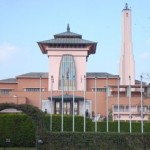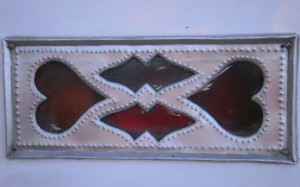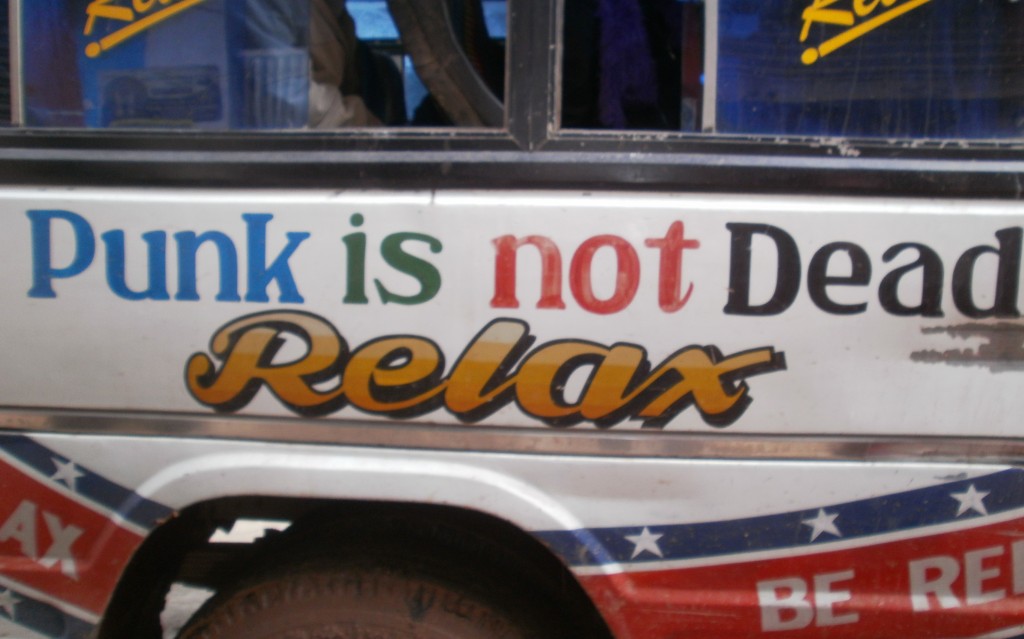Picture this: a man dressed in army fatigues wielding 5 guns including a M-16 and sub-machine gun opening fire on a family gathering inside their home. This scene does not come from a Martin Scorsese movie or crime novel. This is what happened on June 1st, 2001 in Kathmandu, Nepal. As the old saying goes, fact is usually stranger than fiction.
In the case of the Royal massacre in Nepal, what is fact and what is fiction isn’t necessarily clear. During the shooting 15 members of the Nepalese Royal family were brutally gunned down inside of the palace during a Friday night gathering.  Ten victims eventually died from the injuries they sustained including King Birendra and Queen Aishwarya. But who could possible be responsible for this massacre? This is where the facts become very blurry.

Left to Right: Crown Prince Dipendra, King Birendra, Prince Nirajan, Queen Aishwarya, and Princess ShrutiÂ
Many held Crown Prince Dipendra responsible for the crimes but this has never been proven.  As the story goes Prince Dipendra became increasingly angry with his parents for not allowing him to marry his long time girlfriend Devyani Rana, who’s family belonged to the rival clan of Queen Aishwarya. He was also angry about his father’s decision to transition the Royal family from an absolute monarchy to constitutional head’s of state, much like the British Royals. Some of the family members who survived that night did, in fact, say the Prince was the shooter before turning the gun upon himself. He was shot once in the side of the head.
Even though it was believed at the time the Crown Prince was responsible for the killings he was still proclaimed king after the death of his father, instead of being accused of treason. However, the Prince died from his injuries on June 4th, 2001, making his reign quite short. King Birendra’s brother Gyanendra was then proclaimed king. Many of Nepalese people blamed him for the Royal massacre believing he was actually behind the murders due to his own desire for the throne. One rumor is that he ordered 2 men wear Prince Dipendra masks during the assassinations and that actually these men shot Prince Dipendra. King Gyanendra was never received as the true king by many in Nepal, which only fueled the fire of the fight to abolish the monarchy.
No one knows what exactly happened the night of June 1st, 2001 inside the walls of the Nepalese Royal palace and probably never will.  However, the actions taken that night were a catalyst for Nepal’s changing ideologies.

Nepal Royal Palace in Kathmandu










